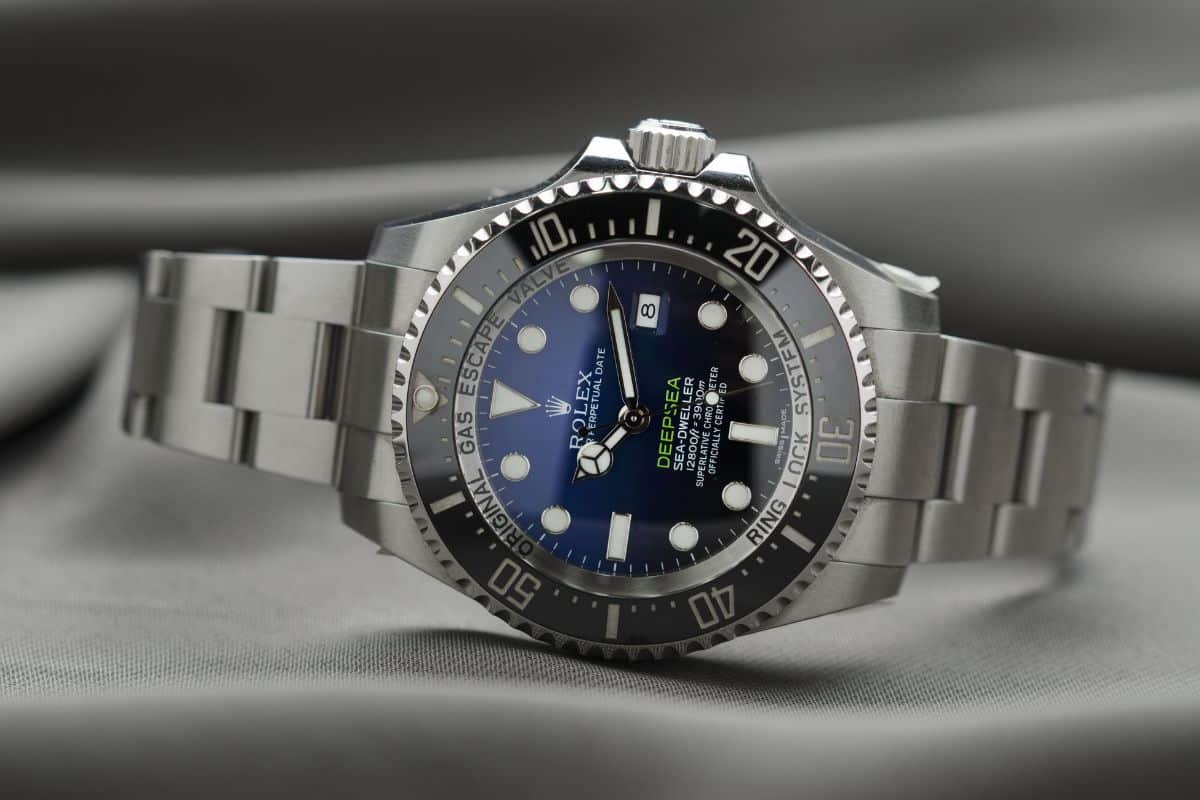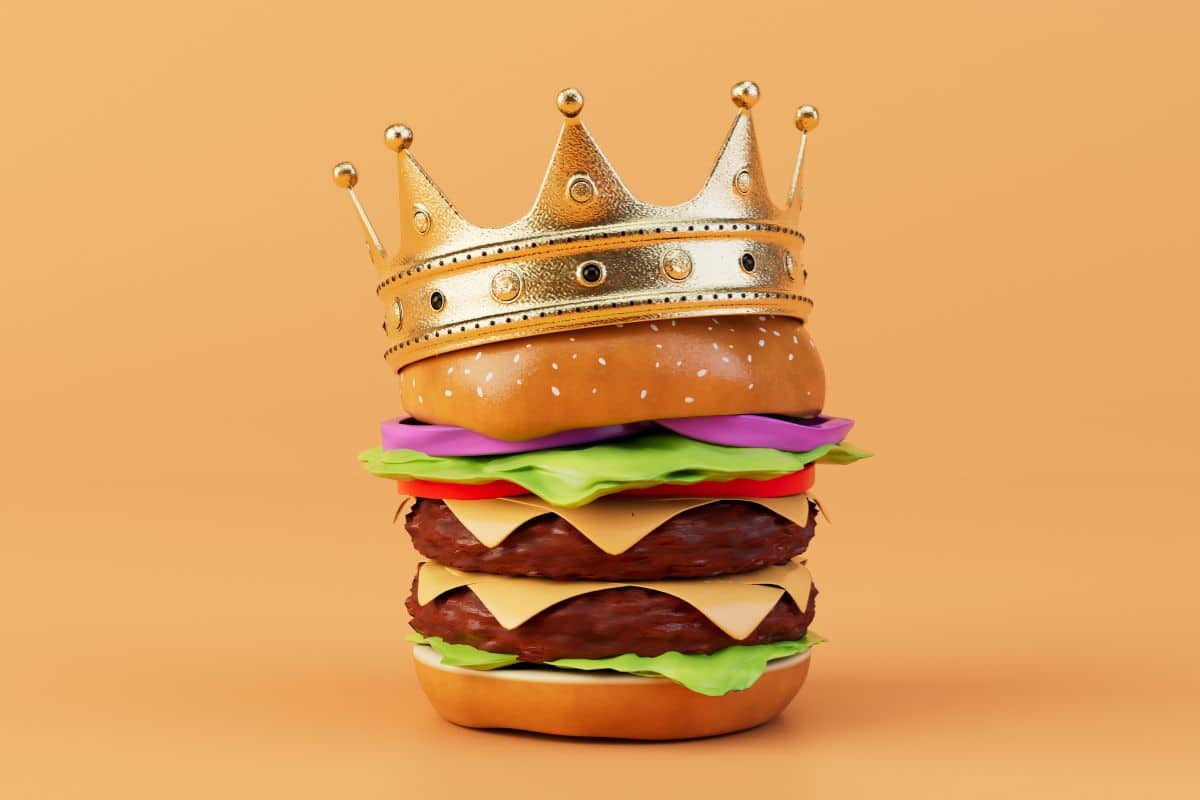The De Beers Diamond Hoax: Marketing Campaigns and Legacies
Diamonds have long been associated with love, luxury, and commitment, especially in the form of engagement rings. But have you ever wondered how diamonds became so valuable and sought-after?
In this blog post, we’ll explore the fascinating story of the De Beers diamond hoax, a marketing campaign that transformed the diamond industry and established the tradition of diamond engagement rings, from its origins to the “A Diamond is Forever” campaign and it’s lasting impact and ethical concerns.
The Origins of the De Beers Diamond Hoax
De Beers, a British multinational corporation founded in 1888 by Cecil Rhodes, played a pivotal role in shaping the diamond industry. The company was established after the discovery of large diamond deposits in South Africa, which significantly increased the supply of diamonds in the market. To maintain the value and rarity of diamonds, De Beers sought to control the diamond trade by consolidating mines and establishing a monopoly.
However, by the early 20th century, the demand for diamonds began to wane due to various factors, including economic instability and changing social norms. De Beers needed a new marketing strategy to revive the interest in diamonds and maintain their high prices.
This led to the birth of the De Beers diamond hoax, a marketing campaign designed to create an artificial demand for diamonds and elevate their perceived value.
The “A Diamond is Forever” Campaign
In 1947, De Beers hired the New York-based advertising agency N.W. Ayer & Son to create a marketing campaign that would promote diamonds as the ultimate symbol of love and commitment. The agency devised the now-iconic slogan “A Diamond is Forever,” which cleverly linked diamonds to the idea of everlasting love.
The campaign aimed to convince consumers that a diamond engagement ring was an essential part of any marriage proposal and that the size and quality of the diamond reflected the depth of a man’s love for his partner. This message was reinforced through various advertising channels, including magazines, radio, and television. De Beers also collaborated with celebrities and fashion designers to showcase diamond engagement rings in high-profile events and public appearances.
The “A Diamond is Forever” campaign was a resounding success. Within a few years, diamond engagement rings became the norm, and the demand for diamonds skyrocketed. De Beers managed to create a lasting tradition that is still prevalent today.
The Impact of the De Beers Diamond Hoax
The De Beers diamond hoax had a profound and lasting impact on the diamond industry and consumer behavior. These impacts include increased demand for diamonds, artificial scarcity, high prices, increased perceived value, and an influence on outside influences.
Increased Demand for Diamonds
The marketing campaign successfully created a strong demand for diamonds, particularly for engagement rings. The percentage of brides receiving diamond engagement rings rose dramatically, from just 10% in the 1930s to over 80% by the end of the 20th century.
Artificial Scarcity and High Prices
By controlling the diamond supply and creating an artificial demand, De Beers was able to maintain high prices for diamonds. This allowed the company to generate significant profits and maintain its monopoly on the diamond trade for decades.
Perceived Value and Symbolism
The De Beers diamond hoax ingrained the idea that diamonds are a symbol of eternal love and commitment. This perception has persisted, making diamonds the go-to choice for engagement rings and other significant romantic gestures.
Influence on Other Industries
The success of the De Beers marketing campaign inspired other industries to adopt similar strategies, using advertising and public relations to create value and demand for their products.
Criticism and Ethical Concerns
While the De Beers diamond hoax was undeniably successful in terms of marketing and profit generation, it has also been met with criticism and ethical concerns. These include the diamonds’ artificial scarcity and market manipulation, conflict diamonds and human rights abuses, environmental impact, and materialism in consumer culture.
Artificial Scarcity and Market Manipulation
Critics argue that De Beers’ control of the diamond supply and the creation of artificial scarcity is a form of market manipulation. This strategy allowed De Beers to inflate diamond prices and maintain its monopoly, ultimately disadvantaging consumers.
Conflict Diamonds and Human Rights Abuses
De Beers has faced accusations of trading in conflict diamonds – diamonds mined in war zones and sold to finance armed conflicts against governments. Furthermore, the diamond mining industry has been linked to human rights abuses, including forced labor and child labor.
Environmental Impact
Diamond mining has significant environmental consequences, including habitat destruction, soil erosion, and water pollution. The promotion of diamonds as a symbol of love and commitment has contributed to the growth of an industry with a considerable ecological footprint.
Materialism and Consumer Culture
The De Beers diamond hoax has been criticized for promoting materialism and contributing to a consumer culture that places a high value on expensive, status-oriented goods.
Key Takeaways
The De Beers diamond hoax is a fascinating case study in the power of marketing and its ability to shape consumer behavior and cultural norms. Through a clever and well-executed campaign, De Beers transformed the diamond industry and established a lasting tradition of diamond engagement rings. However, the legacy of the De Beers diamond hoax is not without its controversies and ethical concerns.
As we reflect on the impact of the De Beers marketing campaign, it’s essential to consider the broader implications of such marketing strategies and the industries they promote. While diamonds may be a symbol of love and commitment for many, they are also a reminder of the complex and often problematic relationship between marketing, consumer culture, and the global economy.
For more information on the De Beers diamond hoax and other marketing campaigns–or to receive digital marketing tips–reach out to me today!
Related Articles
The Secret of Rolex’s Winning Marketing Strategy
Social Media,Email Marketing,Digital Marketing,Content Marketing,Marketing
October 6, 2023
For over a century, Rolex has been renowned for its luxury watches. And its sophisticated marketing strategies have allowed the brand to remain…
0 Comments11 Minutes
In-House Marketing Vs. Agencies Vs. Freelancers
Digital Marketing,Business Management,Content Marketing,Marketing
August 6, 2023
Are you trying to decide between in-house marketing, agencies, and freelancers for your business? It's a difficult decision, as each option has…
0 Comments11 Minutes
7 Tips for Hiring the Right Digital Marketing Consultant
Social Media,Advertising,Business,Digital Marketing,Content Marketing,Email Marketing,Marketing
July 6, 2023
If you're ready to elevate your business, enlisting the help of a digital marketing consultant is an ideal way to maximize your online presence and…
0 Comments13 Minutes
Developing Your Marketing Operations Success
Digital Marketing,Email Marketing,Business Management,Content Marketing,Business,Marketing
June 7, 2023
Marketing operations can seem daunting. They require an understanding of your target audience, the ability to develop compelling content strategies,…
0 Comments14 Minutes
Burger King’s Whopper Sacrifice: Viral Marketing and Brand Success
Branding,Content Marketing,Digital Marketing,Social Media,Business,Marketing
February 17, 2023
In the world of marketing, standing out from the competition is essential for success. One way to achieve this is through viral marketing stunts,…
0 Comments8 Minutes
How to Choose the Best Digital Marketing Firm
August 27, 2019
Watch Our Video Is digital marketing for your business becoming a challenge for you? Are you getting left out on the most recent digital marketing…
2 Comments12 Minutes
Manufacturer Marketing Strategies to Consider
June 21, 2019
There’s a common belief amongst manufacturers that they have no need for an online presence. Their customers are all businesses that need someone…
0 Comments8 Minutes
Why You Should Consider Running Marketing Experiments
Content Marketing,Digital Marketing
June 13, 2019
The world of business changes continually, and this means that business owners and marketers have to respond to new and emerging trends. Marketing…
0 Comments8 Minutes
10 Content Marketing Blogs You Should Check Out
Content Marketing,Digital Marketing,Marketing
June 8, 2019
Nowadays (mostly) everyone is on the internet. Obsessed with their mobile phones, laptops or tablets, users scroll through their social media apps…
0 Comments7 Minutes









